Conductive carbon black is a type of carbon that is mainly used to increase the electrical conductivity of a material. This article focuses on the definition, applications, benefits and trends affecting conductive carbon black.
1. Definition of Conductive Carbon Black
Conductive carbon black is a fine particle size carbon which is made by the method of partial combustion of hydrocarbons. It is characterized by its high surface area and excellent electrical conductivity, making it a vital additive in various applications.
Read more: How to measure the particle size of carbon black

Conductive carbon black
2. Applications of Conductive Carbon Black
2.1. Electronics
Conductive carbon black is in high demand by the electronics industry due to its electrical conductivity characteristics.
It is employed in conductive coatings for eradicating static sparks and in printed circuit boards (PCBs) to increase the conductivity. Also, it is used in antistatic films to shield electric charges from accumulating on sensitive electric pieces during management and use.
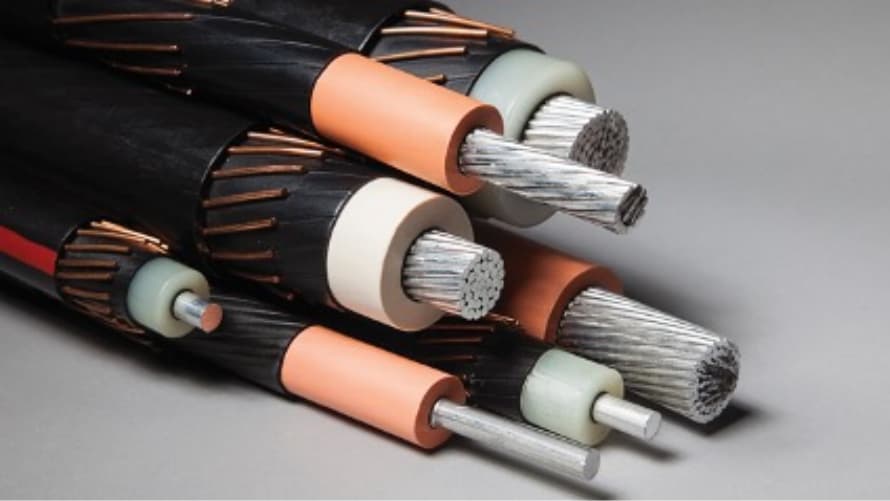
The electronics sector has a significant demand for conductive carbon black.
2.2. Automotive
Conductive carbon black is used in the automotive sector to improve the functioning and safety of occurrences.
It is put into the tires to enhance electrical characteristics that affect endurance and stickiness. Moreover, it is employed for application in interior parts such as the dashboard, the use of which locations to release static electricity whilst enhancing electrical conductivity needed in the present generation cars due to the complexity of car electronics.
2.3. Plastics and polymers
Conductive carbon black is commonly incorporated into plastics and polymers to affect electrical conductivity and provide static dissipation.
It enhances the process of plasticization of packaging and automotive plastic materials used in the manufacturing industry. Besides, it also assists in the development of the antistatic packaging materials thereby safeguarding the delicate electronics items from charges built up through storage and transportation.
2.4. Battery technologies
Conductive carbon black also has its application in energy storage in such devices as batteries or fuel cells in enhancing the electrodes conductivity.
It plays a role in realizing the high charging and discharging currents which define the performance and capacity of a battery. In addition, it is used in methods that enable super capacitors to under through very fast charge discharge cycles, thus being a vital factor in today’s energy storage.
2.5. Coatings and inks
Conductive carbon black is used as a functional filler for coatings and inks to offer significant conductive characteristics.
A conductive material is used in formulation of conductive inks that is applied in printed electronics such as sensors and RFID tags to provide an accurate conductive path. Further, it improves protective coating for application in environments that are beyond anti-static.
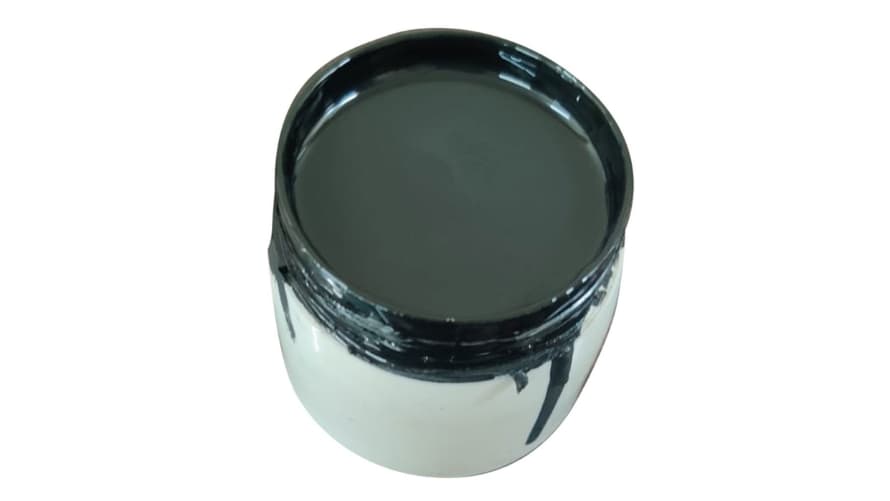
Conductive carbon black ink in printed electronics
3. Benefits of Using Conductive Carbon Black
3.1. Enhanced conductivity
Conductive carbon black enhances the electrical properties of materials in electronic bundles, conductive coatings, and antistatic products. This makes it possible to develop charge transfer pathways to enable the final products to perform in line with the performance requirements especially in automotive and energy storage industries.
3.2. Cost-effectiveness
Conductive carbon black is an easily implemented inexpensive material that improves material performance while having a minimal effect on the cost of production. It is a cost-efficient approach that results in decreased failure probabilities and increased durability of products, allowing greater time intervals between the periods of product maintenance and replacement, which benefits manufacturers in the long run.
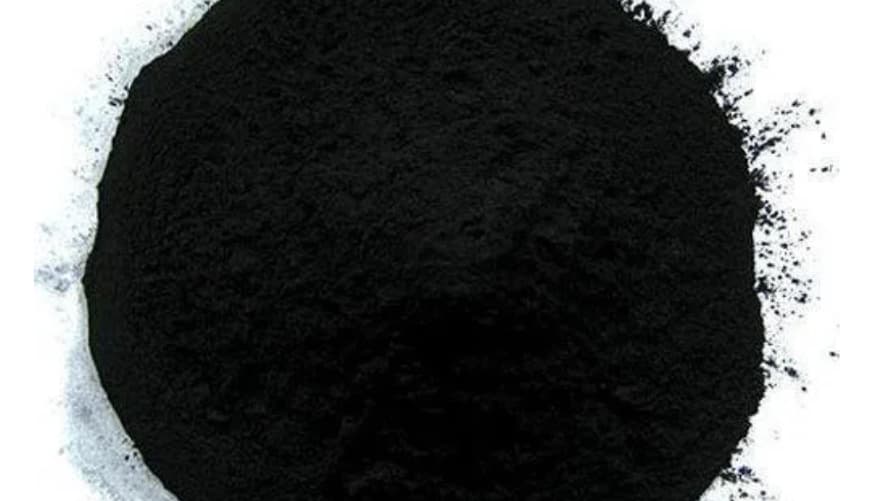
Conductive carbon black is cost-effective
3.3. Improved durability
Introducing conductive carbon black into materials improves their mechanical properties and thereby increasing their resistance to extreme conditions. This increased utility is important in areas where there are needs for materials that can last longer and be stronger to make customer-end products last longer.
3.4. Antistatic properties
Conductive carbon black is used to minimize the tendency of accumulating static electricity charge, which is a very important factor in shielding delicate electrical parts from ESD. This property aims at reducing any harm that may come to a product during production, transport, and use therefore reducing the implications of having to repair or replace the product.
3.5. Versatility
Conductive carbon black can be easily used in conjunction with plastics, rubbers as well as coatings and therefore it can be utilized in several industries. It also allows for improving the conductivity of different products manufactured and used in automobile industries, home gadget applications, and the like.

It is simple to combine conductive carbon black with polymers.
4. Future Trends in Conductive Carbon Black Usage
4.1. Sustainability initiatives
Since sustainability is becoming a main focus of industries, people look for materials and products that are environmentally friendly. Such a trend is encouraging the development of a new generation of bio and recycled conductive carbon black. Currently, many manufacturers are looking at some ways of minimizing the effects of their production on the environment hence setting high standards that sustainable conductive additives must meet.
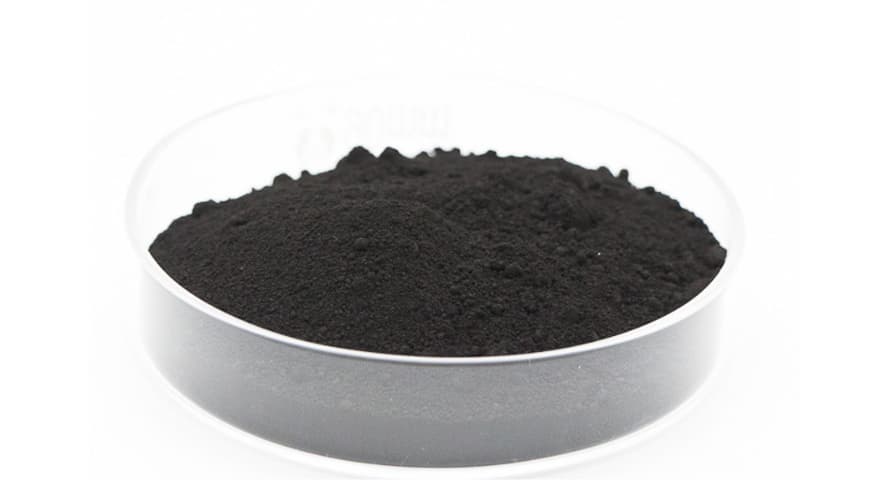
New trend of conductive carbon black in sustainability
4.2. Technological advancements
Advancements in process technologies and materials engineering technologies are ongoing in improving the conductive carbon black performance parameters. The high dispersion of CNTs into epoxy and other matrix composites may be boosted by new techniques and the use of nano-scale carbon additives; thus, conductivity and other performances should increase and new opportunities arise. This advancement will even contribute towards innovations of much more efficient and high-performance materials.
4.3. Expanding electronics market
There remain steady growth trends in the electronics segment where smart devices and electric vehicles are on the rise hence, there’s a constant need for conductive carbon black. With the growth in the use of these technologies, there will inevitably be increasing demand by consumers for materials with stabilized electrical conductivity. Conductive carbon black will be widely used in the manufacturing of various structures, for instance, batteries, sensors, and flexible electronics.
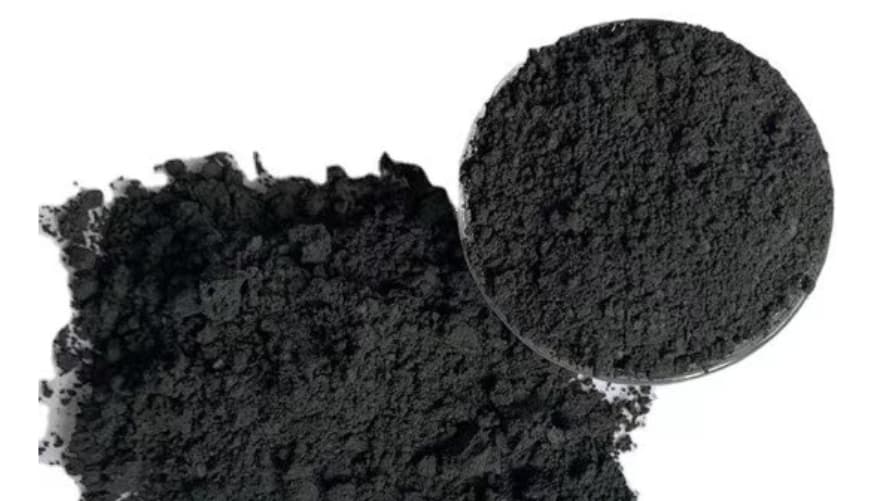
The electronics industry continues to raise the usage of conductive carbon black.
4.4. Integration with smart technologies
In the emerging smart idea platforming industries, conductive carbon black is becoming an essential component of smart matter and mechanics in electronics. This includes wearable devices, smart fabrics, and IoT devices that require conductivity to work effectively. The need to develop aesthetic and sensitive products shall create a market for conductive carbon black in new uses.
5. Conclusion
Conductive carbon black is a unique and essential material in modern industry as its main use remains to improve the electrical properties of materials. In the future, conductive carbon black will continue to be developed from advances in technology and towards sustainability.
6. About EuroPlas
EuroPlas is a leading provider of high-quality plastic materials in the world. With a commitment to sustainability and technological advancement, EuroPlas aims to meet the diverse needs of its customers in a rapidly evolving market. Here are our products related to conductive carbon black:
Contact us now for more details!